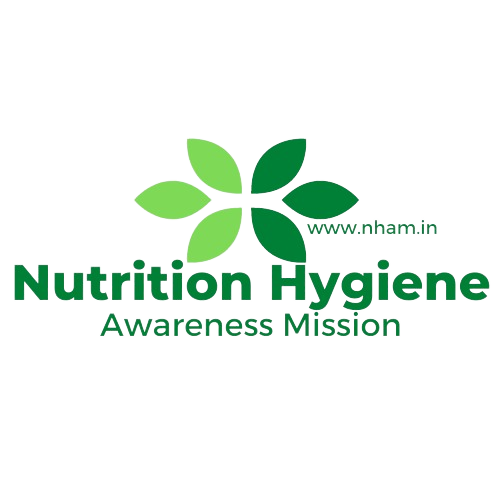
Description
A 1-day course that deals with the various issues head-on to identify threats and areas of weakness within existing Food Safety Management Systems. Knowledge of TACCP (Threat Assessment and Critical Control Points) and VACCP (Vulnerability Assessment and Critical Control Points is essential if you are to avoid the potential for food fraud throughout your supply chain.
This course has been specifically designed to assist you in meeting the requirements of various standards relating to product authenticity, including the BRCGS Global Standard for Food Safety (Issue 9). You will also gain the knowledge and skills to conduct a Raw Material Vulnerability Assessment and will be guided through the methodology required in order to prevent intentional contamination of ingredients within your supply chain
What are VACCP and TACCP in the food industry?
More recently, proactive action has been increasingly applied to the food industry, in the context of food safety incidents such as the horse-meat scandal and the Italian olive oil fraud. To protect against such deeply damaging events, emergency preparedness is necessary for proactive action. In response, HACCP has been introduced to manage food safety by identifying potential hazards and establishing preventive measures. But to better anticipate emerging threats and protect supply chain integrity before a crisis occurs, TACCP was introduced alongside HACCP by the Food Standards Agency (FSA) to identify potential contamination opportunities and potential vulnerabilities (or points) through a risk assessment that can be addressed with effective controls.
Who should attend?
- Senior Management and their representatives
- Technical and Quality Managers
- Those considering implementing a Global Food Safety Initiative (GFSI) approved FSMS in their organization
- Auditors
- Trainers and Consultants
What are the benefits?
Delegates will learn the tools and techniques needed to assess hazards and risks to business, process and product. TACCP provides a process for the identification, evaluation and mitigation of threats that are faced on and off the manufacturer’s site.
Upon successful completion of this course, participants should be able to:
- Understand the difference between HACCP / TACCP / VACCP
- Recognize the different types of threats
- Classify the different types of aggressors
- Develop a TACCP / VACCP system

